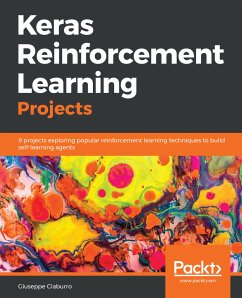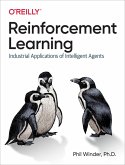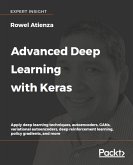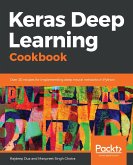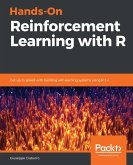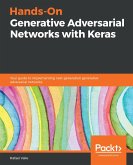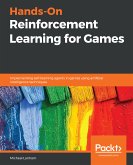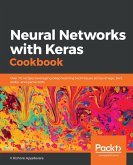The book begins with getting you up and running with the concepts of reinforcement learning using Keras. You'll learn how to simulate a random walk using Markov chains and select the best portfolio using dynamic programming (DP) and Python. You'll also explore projects such as forecasting stock prices using Monte Carlo methods, delivering vehicle routing application using Temporal Distance (TD) learning algorithms, and balancing a Rotating Mechanical System using Markov decision processes.
Once you've understood the basics, you'll move on to Modeling of a Segway, running a robot control system using deep reinforcement learning, and building a handwritten digit recognition model in Python using an image dataset. Finally, you'll excel in playing the board game Go with the help of Q-Learning and reinforcement learning algorithms.
By the end of this book, you'll not only have developed hands-on training on concepts, algorithms, and techniques of reinforcement learning but also be all set to explore the world of AI.
Dieser Download kann aus rechtlichen Gründen nur mit Rechnungsadresse in A, B, BG, CY, CZ, D, DK, EW, E, FIN, F, GR, HR, H, IRL, I, LT, L, LR, M, NL, PL, P, R, S, SLO, SK ausgeliefert werden.

